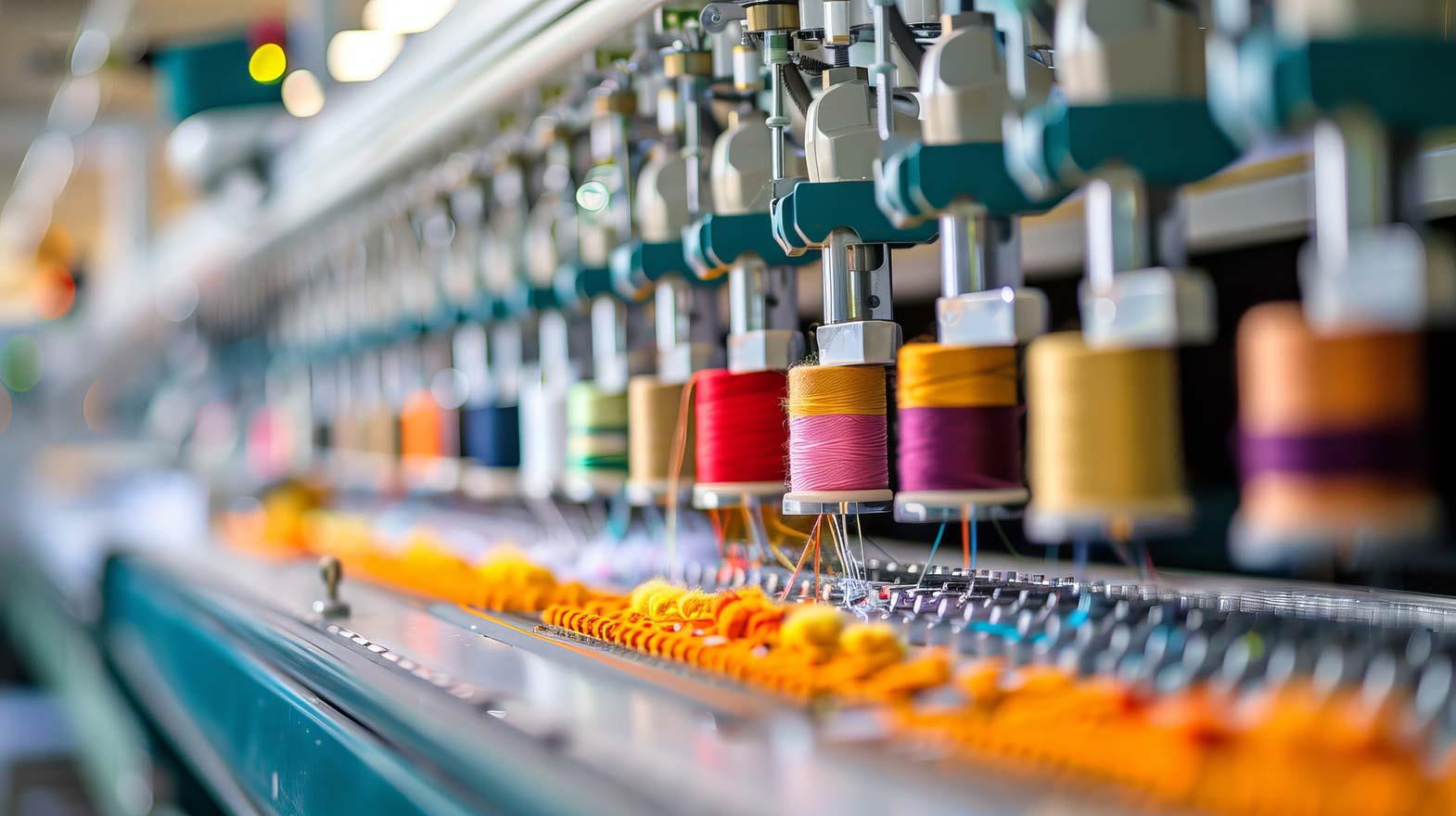Favourable economic conditions and trade equations have brightened the future of the country especially in apparels and fashion. Moreover, the existence of an ever booming economy to luxury clothing has made UAE an important centre for apparel and textile business. This gulf country has become a major textile hub in the world that includes fibres, fabrics, apparels, cloth, outerwear, home textiles, and technical textiles.
The textile industry in the UAE is thriving on supportive government initiatives in terms of infrastructure development, tax exemptions, and transparency in paperwork. The most recent development in the fashion frontier has been of setting Dubai as a fashion hub by 2020. To achieve this goal, Dubai Design and Fashion Council is being established, which will encourage creativity and attract domestic and international brands and designers for various fashion events. With such backing and strong plans, Dubai will soon emerge to be the new fashion capital.
The opening up of the market and having an open economy has also proved to be a substantially beneficial move for the country. UAE is an ideal destination for investment in the textile and apparel industries, due to its lack of restriction on profit, competitive labor costs, extremely low import duty, and low corporate taxes. Availability of high skilled and productive workers, stable economy, and absence of hidden costs adds to the country's positive textile environment. Places like Dubai also make the country a lucrative option since it lures loads of tourists around the world. The government is also encouraging the growth and development of small and medium scale manufacturing enterprises.
However, increase in labor cost has led to automation in textile and apparel industries. Development of technical textiles and providing innovative textile products is what the UAE manufacturers are aiming at and are showing active interest in. This will increase the productivity, improve the quality of products, and aid in delivering timely shipments of the orders.
According to recent apparel retail survey that determines the top ten developing countries based on parameters like market attractiveness, retail development, and country risk for their domestic clothing retail industries, ranked UAE second in the list. The textile market of the country was valued at US $ 13 billion in 2011, and has increased at CAGR of 9.9% during the period of 2006-2011. Appreciative business and trade conditions have boosted the textile and apparel sector, however, this market in UAE faces cut throat competition from countries like India, China, and Thailand.
But experts believe that high demand of textile re-exports from countries like Iran, growing mechanization, increasing disposable incomes, tourist traffic from South East Asian countries, and rising immigrant population contribute to the maturation of the textile market of UAE.
The apparel retail market for high end and luxury products is at an all time high in the country and is expected to reach $ 8 billion by 2016, according to the UAE Apparel and Textile Industry Outlook 2016 reports. This will bring international brands and investors owing to the high spending power of the Emirati people and their love for luxury. The consumers in UAE are also big supporters of fair trade and ethical fashion, and don't mind bearing a little more cost for a "sweat shop free" garment or textile product.
Free trade agreements are also responsible for flourishing the textile and apparel industries of UAE. 1996, is the year UAE joined the WTO, opening up a brand new path for trade all around the world. The bi-lateral free trade agreement with the US will open up future markets for the nation. At present the country enjoys free trade zones with Japan, China, India, Pakistan, Australia, New Zealand, Korea, Brazil, Argentina, Uruguay, and the European Union. Favorable trade agreements with twelve countries in Asia, eight in Europe & Africa, and two in South America, make UAE an ideal textile and apparel producing destination.
The availability of skilled labour, positive government initiatives, use of latest technology, supportive trade agreements, consumers with high disposable incomes, lack of hidden costs and red tapes, make the countries of United Arab Emirates a feasible hub for all kinds of textiles and garments. Favourable equations in all necessary aspects required for functioning and running a textile or apparel industry smoothly can be found in this nation.
UAE has a wide range of textile products to offer from luxury and designer garments to home textiles, and from technical textiles to readymade garments. As far as textiles are concerned, this oil-producing country is putting its best foot forward and marching ahead with advancements.
References:
1. Khaleejtimes.com
2. Companiesandmarkets.com
3. Onlineprnews.com








Comments